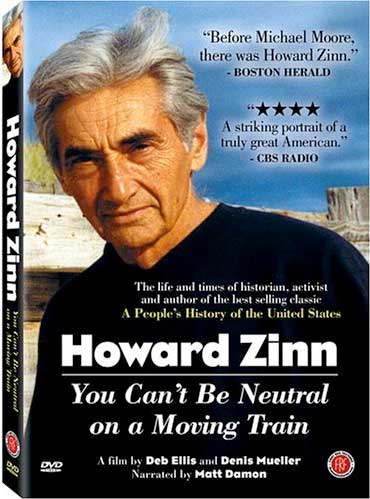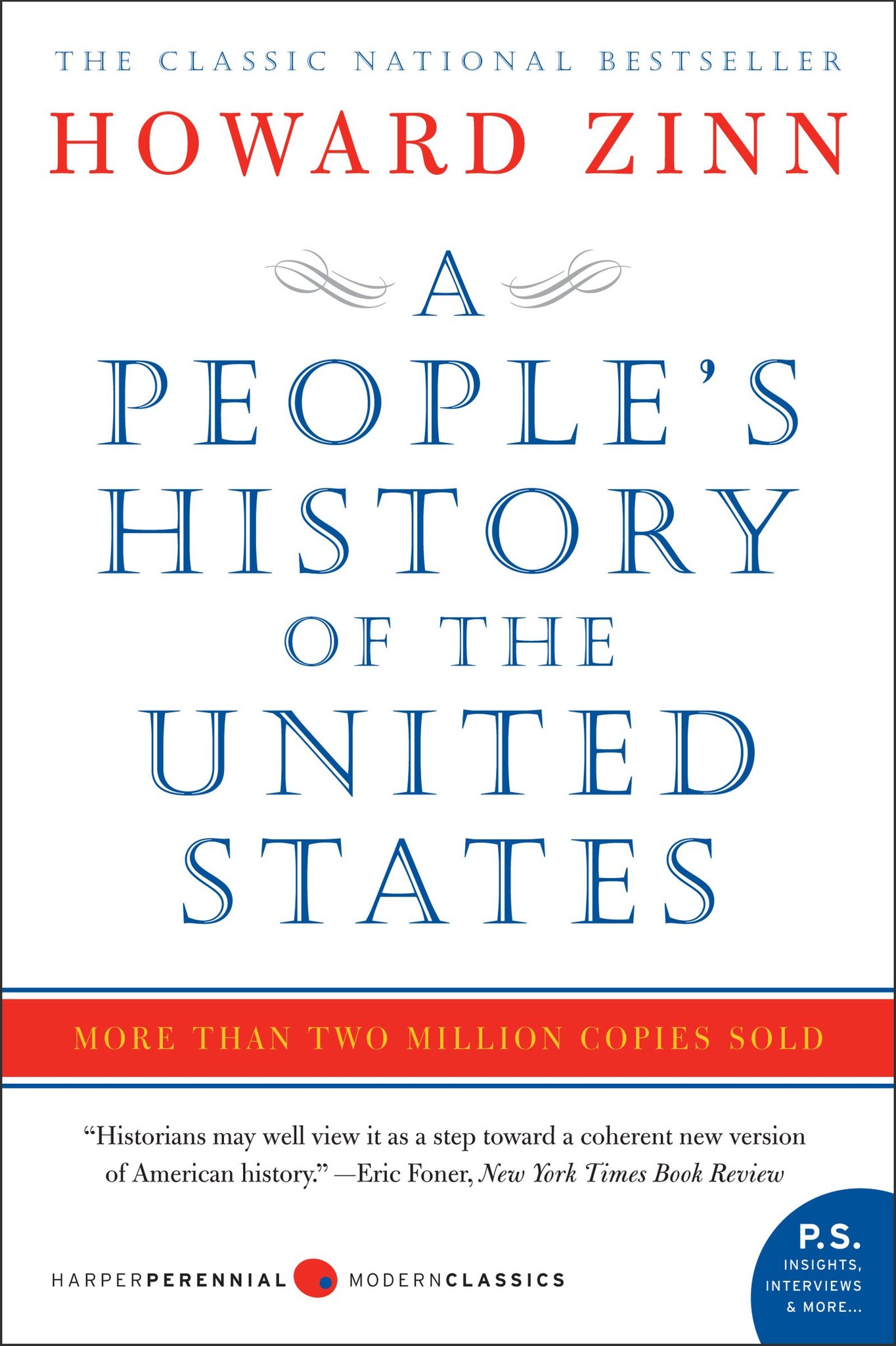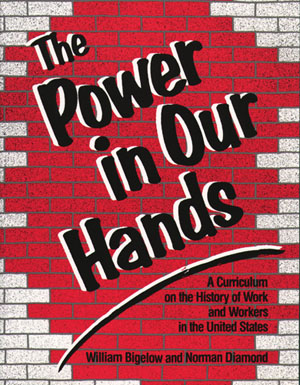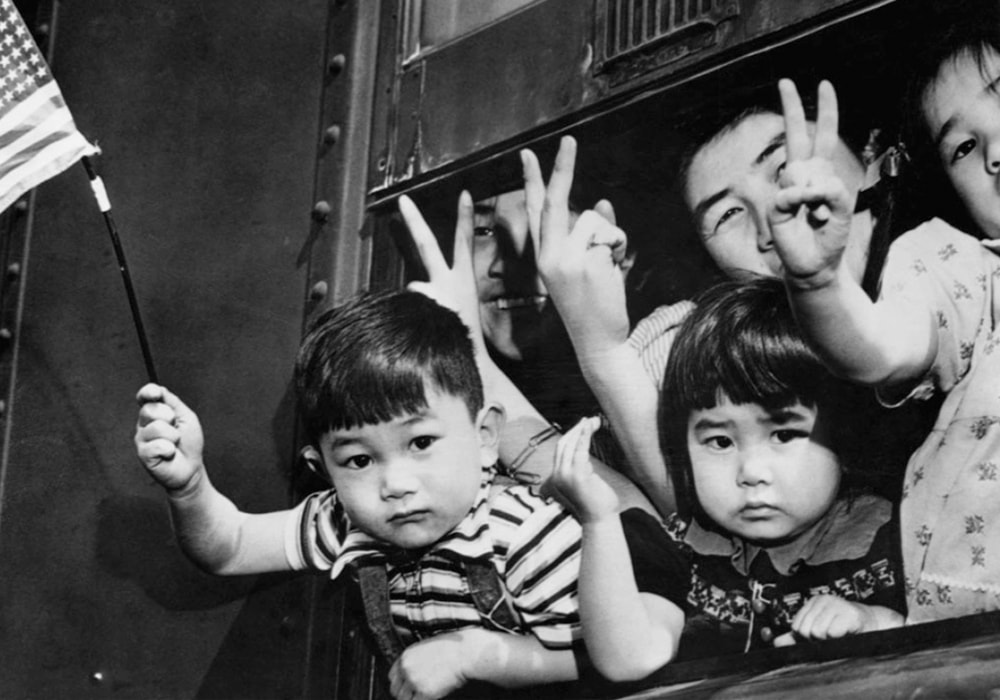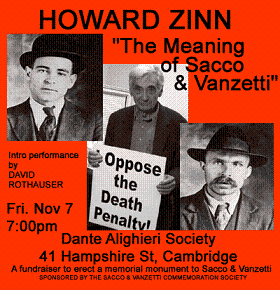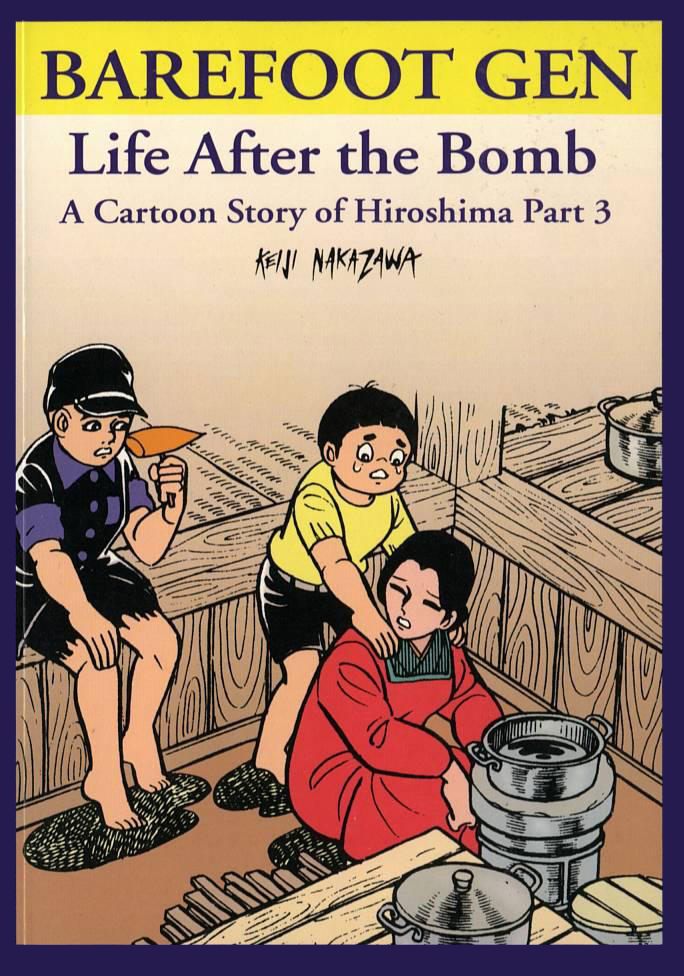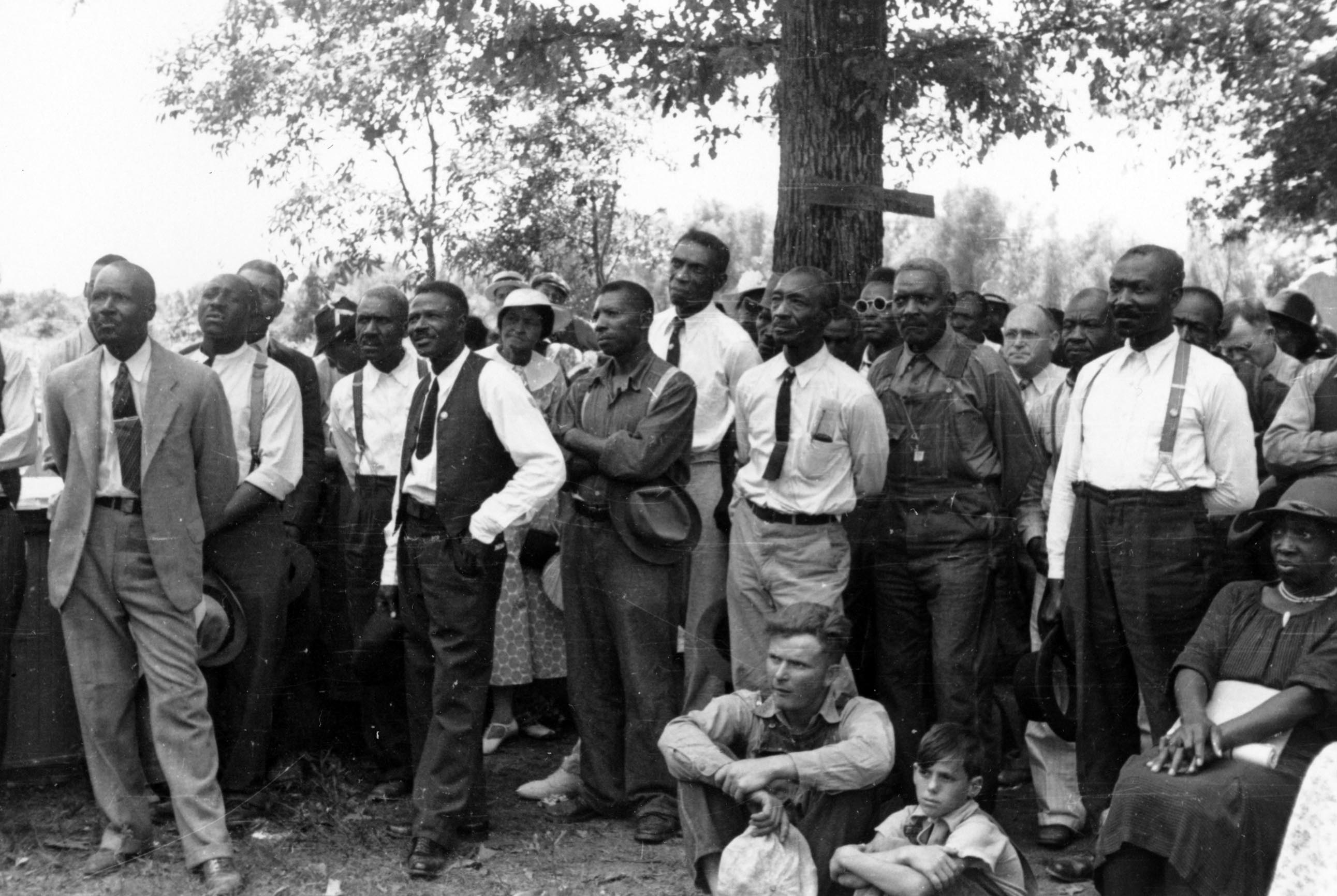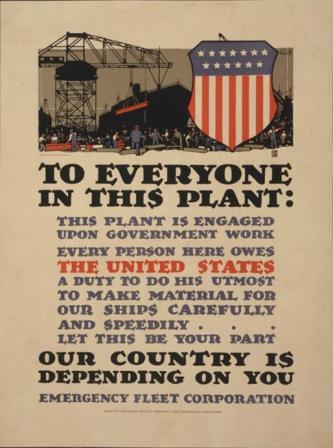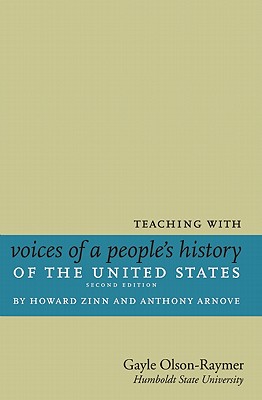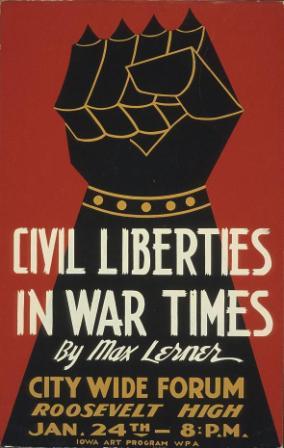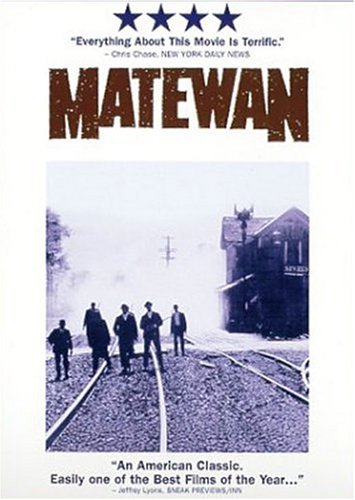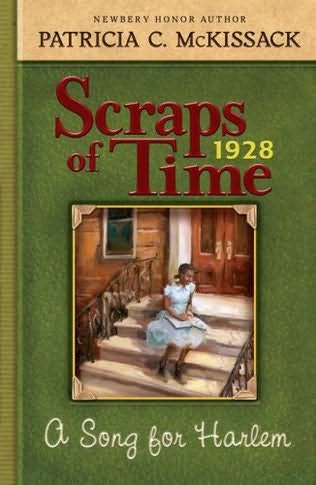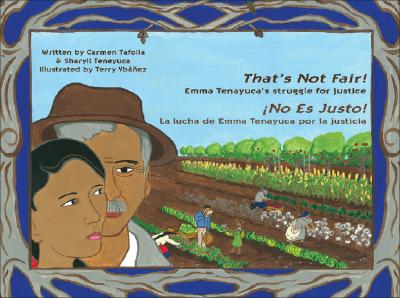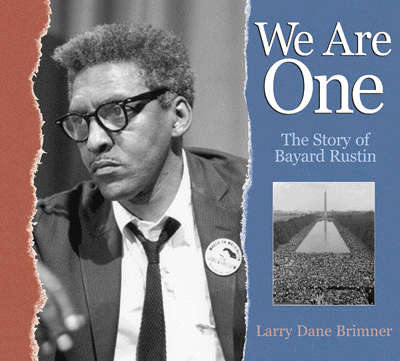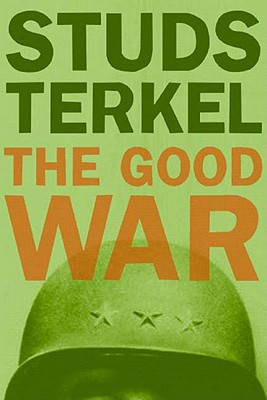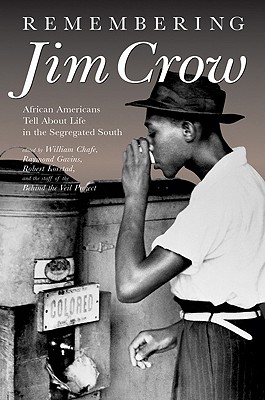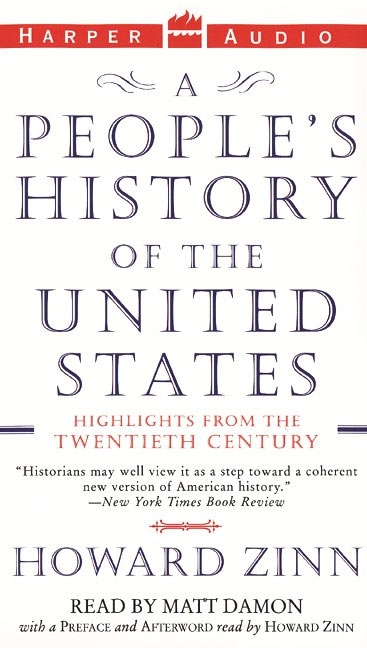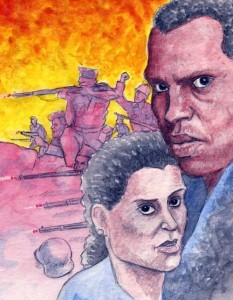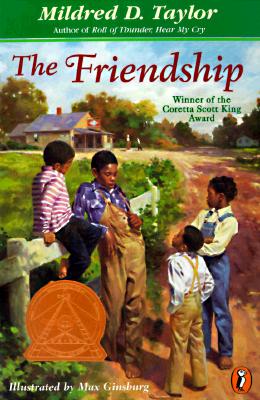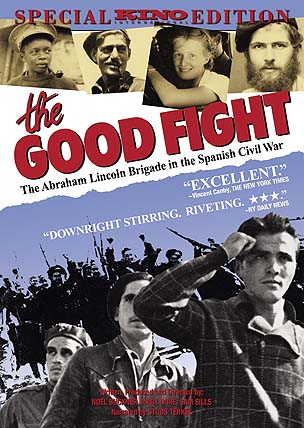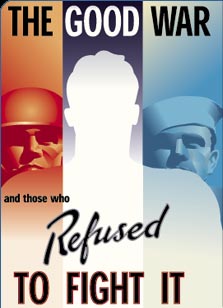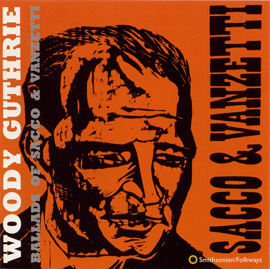Film. By Deb Ellis and Denis Mueller. 2010. 78 minutes.
Documentary on life and work of Howard Zinn.
Continue reading
Book — Non-fiction. By Howard Zinn. 2005, with a new introduction by Anthony Arnove in 2015. 784 pages.
Howard Zinn's groundbreaking work on U.S. history. This book details lives and facts rarely included in textbooks—an indispensable teacher and student resource.
Continue reading
Teaching Guide. By Bill Bigelow and Norm Diamond. 1988. 184 pages.
Role plays and writing activities project high school students into real-life situations to explore the history and contemporary reality of employment (and unemployment) in the U.S.
Continue reading
Teaching Activity. By Mark Sweeting. Rethinking Schools. 4 pages.
How one teacher engaged his students in a critical examination of the language used in textbooks to describe the internment.
Continue reading
Audio. By Howard Zinn. 2008. 35 minutes.
A lecture by Howard Zinn on "The Meaning of Sacco and Vanzetti" at the Dante Alighieri Society Italian Cultural Center.
Continue reading
Film. By Geneon; directed by Mori Masaki. 1992. 170 minutes.
A story about the devastating effects of war on everyday life.
Continue reading
Teaching Activity. By Wayne Au. Rethinking Schools. 3 pages.
Lesson for high school students on the bombing of Hiroshima using the film Barefoot Gen and haiku.
Continue reading
Book — Non-fiction. Edited by Jeffrey B. Perry. 2001. 505 pages.
Essays by the "father of Harlem radicalism."
Continue reading
Teaching Activity. By Bill Bigelow and Norm Diamond. 12 pages.
Role play on farm labor organizing in the 1930s shows how racism had to be challenged to create effective worker alliances.
Continue reading
Teaching Activity. By Colby Smart.
Questions and teaching ideas for Chapter 14 of Voices of a People's History of the United States on anti-war efforts during the first World War, as well as the U.S. government's response.
Continue reading
Teaching Activity. By Gayle Olson-Raymer. 20 pages.
Questions and teaching ideas for Chapter 15 of Voices of a People's History of the United States on the economic and social realities of the 1920s and 1930s, as well as the corresponding rise of unions and the Communist Party.
Continue reading
Teaching Activity. By Gayle Olson-Raymer.
Questions and teaching ideas for Chapter 16 of Voices of a People's History of the United States on domestic opposition to the "good war" and the impact of McCarthyism.
Continue reading
Film. Written and directed by John Sayles. 1987. 132 minutes.
A feature film depicting a strike in a mining town in Appalachia and the struggle for solidarity across racial lines.
Continue reading
Book — Fiction. By Patricia C. McKissack. 2007. 108 pages.
Story for young readers about a 12-year-old girl's education during the Harlem Renaissance with Zora Neale Hurston as her teacher.
Continue reading
Picture book. By Carmen Tafolla, Sharyll Tenayuca, and Celina Marroquin. 2008. 40 pages.
Bilingual (Spanish and English) biography of labor activist Emma Tenayuca for upper elementary.
Continue reading
Picture book. By Larry Dane Brimner. 2007. 48 pages.
A sophisticated picture book on key civil rights leader Bayard Rustin.
Continue reading
Book — Non-fiction. By Studs Terkel. 2004. 608 pages.
Interviews with over 120 people about WWII.
Teaching Activity by Studs Terkel
Continue reading
Book — Non-fiction (with CD). Edited by William H. Chafe, Raymond Gavins and Robert Korstad. 2008. 346 pages.
Extensive oral history of African American life under segregation.
Continue reading
Audio. By Howard Zinn. Read by Matt Damon. 2003. 8 hours, 44 minutes.
Audio book version of excerpted highlights from A People's History of the United States.
Continue reading
Book — Non-fiction. By The Abraham Lincoln Brigade Archives. 2009. 25 pages.
Booklet in graphic novel format on Paul Robeson's involvement in the Spanish Civil War.
Continue reading
Book — Fiction. By Mildred Taylor. 1998. 56 pages.
Cassie witnesses a Black man address a white storekeeper by his first name.
Continue reading
Film. By Mary Dore, Noel Buckner, and Sam Sills. 1984. 98 minutes.
Documentary narrated by Studs Terkel on the Abraham Lincoln Brigade.
Continue reading
Film. Produced by Rick Tejada-Flores and Judith Ehrlich. 2002. 60 minutes.
Documentary film on WWII conscientious objectors and excellent online resources for the classroom.
Continue reading
Songs by Woody Guthrie, produced by Moses Asch. 1996.
Songs about the murder trial of Sacco and Vanzetti.
Continue reading
Book — Nonfiction. By Milton Meltzer. 1991. 176 pages.
Stories of people who resisted the Nazis and worked to aid Jewish individuals.
Continue reading

